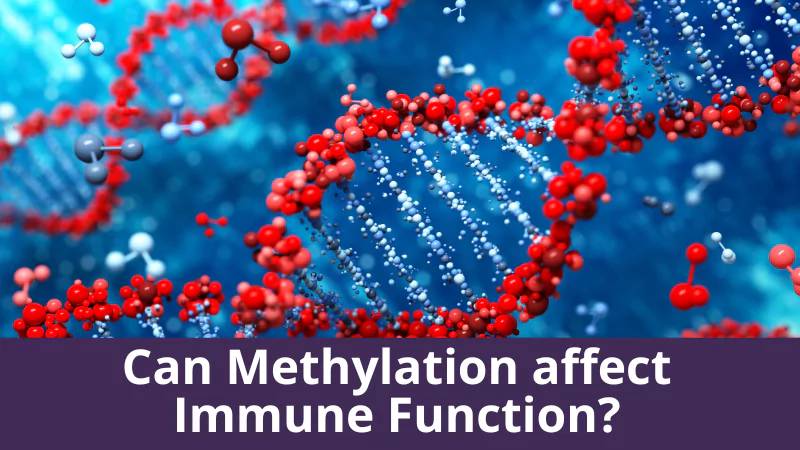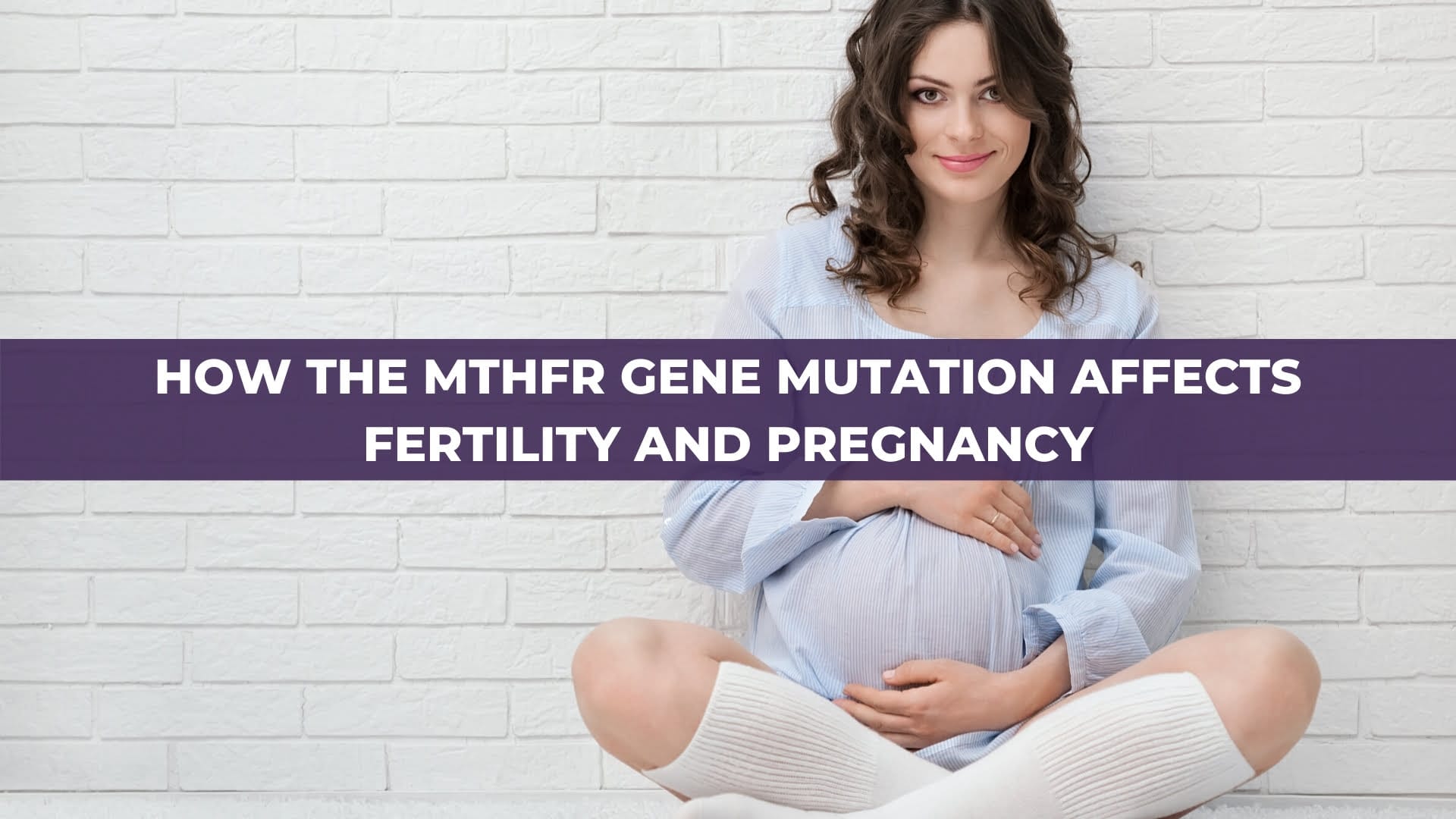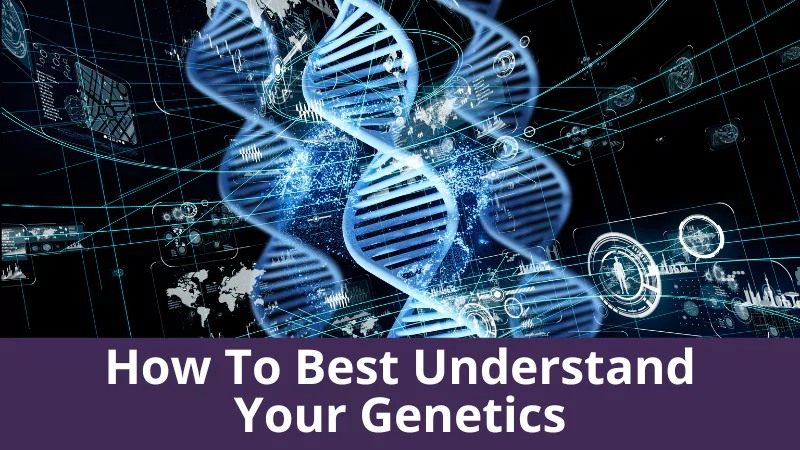The immune system protects the body from external threats such as viruses, bacteria, parasites, and chemicals. The key to the functioning of the immune system is its ability to differentiate between self (healthy tissue) and non-self. The immune system consists of several subsystems all working together as a unit to protect the body. It can be split into the innate immunity which consists of non-specific defence mechanisms such as the skin; and specific immunity consisting of specialized cells and processes that remove harmful and foreign microbes or chemicals. The specific immunity can be further divided into the humoral immunity where B-cells are found; and cellular immunity which is orchestrated by T-cells.
What are autoimmune diseases?
Disorders of the immune system can be described as an over activity or low activity of the immune system. The more well-known immune system disorders are the over activity type and are known as autoimmune diseases. Autoimmune diseases occur when there is an error in the immune system’s ability to differentiate between healthy self-cells and harmful non-self-cells or chemicals; in this instance the immune system will begin to attack healthy tissue instead of fighting infections. The most common autoimmune diseases include Rheumatoid arthritis, systemic lupus erythematosus, inflammatory bowel disease, multiple sclerosis, type 1 diabetes, Guillain-Barre syndrome, psoriasis and Grave’s disease.
Epigenetics
Studies have implicated epigenetic influences with regards to the formation of autoimmunity. Epigenetics is a relatively new field of study, and research is still in its infancy; what is known is that epigenetics describes the changes in gene expression brought about by environmental influences without affecting the underlying genomic sequence. The updated definition of epigenetics is proposed by Bird et al. who quotes: “the structural adaptation of chromosomal regions so as to register, signal or perpetuate altered activity states”; this statement helps us understand the role epigenetic mechanisms play in influencing cellular response to environmental stimuli; and with regards to autoimmune diseases we see how this definition is closely related. Epigenetics consists of three groups, they are cytosine genomic DNA methylation, modification of various sidechain positions of histone proteins, nucleosome positioning and noncoding RNAs.
DNA methylation
DNA methylation occurs in various regions of the genome and can be seen during embryogenesis, cellular differentiation and tissue-specific development. DNA methylation operates at varying rates depending on the cell type, and its two main functions are either to methylate or de-methylate a region of DNA. Methylation is thought to cause repression of a gene while de-methylation enables the activation of a gene, together these processes contribute to the normal regulatory functions and any breakdown in these processes may ultimately lead to disease.
The enzymes responsible for DNA methylation belong to the DNA methyltransferase (DNMTs) family. There are five enzymes that mediate methylation, they are: DNMT1, DNMT2, DNMT3a, DNMT3b and DNMT3L, and their function is to donate a methyl group to the 5’- carbon of cytosine. DNMT3a and DNMT3b are primarily found to operate during embryonic development, whilst DNMT1 is responsible for methylation during DNA replication, due to the formation hemimethylated sites; DNMT2 methylates transfer RNA.
DNA demethylation counteracts methylation and can be active or passive. Passive demethylation is brought about by the inhibition of DNMTs, this is induced by certain therapeutic drugs that aim to reduce hypermethylation. Active demethylation occurs during cell differentiation and plays an important role in the activation of immune cells. Studies have shown that DNA methylation has a critical role in maintaining T-cell function. Once DNA methylation levels in T-cells reduce i.e. they demethylate, the T-cells may become autoreactive resulting in autoimmunity. Studies have also shown that the autoimmune diseases systemic lupus erythematosus (SLE) and rheumatoid arthritis (RA) have been found to have hypomethylation as a trait
MTHFR deficiency and autoimmune conditions
The MTHFR gene can be indirectly linked to the formation of autoimmune diseases, this may be evident in the MTHFR C677T polymorphism. An impairment in DNA methylation can occur if there is a deficiency in the MTHFR gene. A deficiency in the MTHFR gene may result in a reduction in the conversion of 5, 10-methylenetetrahydrofolate to 5-methyltetrahydrofolate which is used in the methionine cycle to generate S-adenosyl-L-methionine (SAM), the primary methyl group donor for most biological methylation reactions. We have seen the important role methylation plays in the normal functioning of T-Cells in the immune system and the prevention of autoimmunity.
Conclusion
To limit the effect of overactive autoimmunity in those who are susceptible we can optimise methylation, reduce inflammation and ensure that gut function is optimal.
References:
Paula Quintero-Ronderos and Gladis Montoya-Ortiz, Center for Autoimmune Diseases Research (CREA), School of Medicine and Health Sciences, Universidad del Rosario, Carrera 24 no. 63C-69 Bogotá, Colombia, 2011, Epigenetics and Autoimmune Diseases
<https://www.hindawi.com/journals/ad/2012/593720/>
Isabela Tatiana Sales de Arruda, Darlene Camati Persuhn, and Naila Francis Paulo de Oliveira, Departamento de Biologia Molecular, Centro de Ciências Exatas e da Natureza, Universidade Federal da Paraíba, João Pessoa, PB, Brazil., 2013, The MTHFR C677T polymorphism and global DNA methylation in oral epithelial cells,
<https://www.ncbi.nlm.nih.gov/pmc/articles/PMC3873177/>
WebMD, 2017, What Are Autoimmune Disorders?
<http://www.webmd.com/a-to-z-guides/autoimmune-diseases>
Matlock A. Jeffries, MD and Amr H. Sawalha, MD, Department of Internal Medicine, University of Oklahoma Health Sciences Center, Oklahoma City, OK, 2015, Autoimmune disease in the epigenetic era: how has epigenetics changed our understanding of disease and how can we expect the field to evolve?
<https://www.ncbi.nlm.nih.gov/pmc/articles/PMC4636192/>








